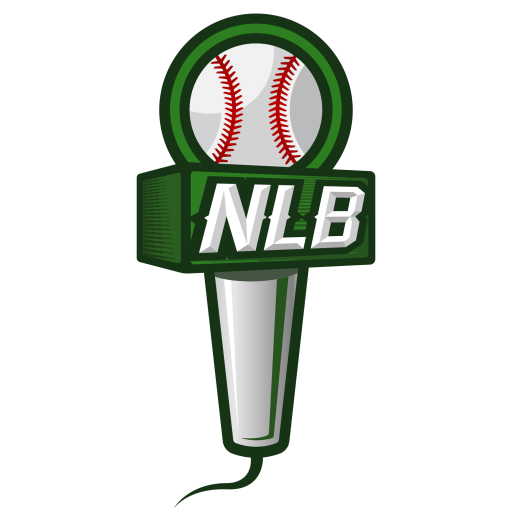
Every batter spends some time in the on-deck circle before his at-bat. Well, maybe not directly inside the circle (weirdly enough, rarely do players actually stand on the circle), but somewhere in the vicinity. Too often ballplayers go through the motions in the on-deck circle without any purpose. If you’re new to Next Level Ballplayer, let me share with you the main message/theme that is woven throughout every interview and article we post – DO EVERYTHING WITH A PURPOSE! Know what you do and why you do it. This applies to your time in the on-deck circle as well.
What is your routine when you’re in the on-deck circle? If you can’t give a specific answer to that, don’t worry. Today that changes. By the end of this article, you should be prepared to develop your own routine in less than 5 minutes. To get you to that point, I’m going to outline 3 KEY THINGS you should be doing in the on-deck circle before an at bat.
So what are the 3 THINGS every hitter should do in the on-deck circle?
1. Physically loosen up your muscles.
I don’t know of any big leaguer or college player who does not take warm-up swings in the on-deck circle. After sitting in the dugout or standing in the field, the on-deck circle gives you the chance to warm up your muscles and get your swing ready for the batter’s box. Usually this means some sort of warm-up routine and then some practice swings. Find something that works for you and develop a warm-up routine around that… You don’t have to do exactly what Ichiro does (some of us probably couldn’t if we tried!), but this video is an example of a warm-up routine of a big leaguer.
2. Get your timing, and find the pitcher’s release point.
Pay attention next time you are at a professional baseball game. Nearly every player in the on-deck circle (and sometimes even from inside the dugout) is looking at the pitcher and working on getting his timing. This essentially means, “getting your front foot down on time”. If players aren’t working on their timing in the on-deck circle, it’s usually because they’re familiar with the pitcher. Watch Manny Ramirez in this Spring Training game with the Rays.
It’s also very important to pick up the pitcher’s release point from the on-deck circle. This will help you pick up the ball better from the batter’s box.
3. Be aware of the game situation and what you might be walking in to.
Know the game situation. Don’t ever go up to the plate unaware of what your team needs you to do. If there’s a runner on 3rd with less than two outs with the infield in, you’re going to look for a pitch to drive. If it’s a tied game with a runner on first and nobody out, you might be asked to bunt. If you are down by 10 late in the game and there’s a runner on 2nd with nobody out, you are going to try to hit the ball hard instead of hit a ground ball to the right side if it were a close game. If you’ve been paying attention to the game and understand the situation before you walk to the plate, you should never be unaware or unprepared.
Now what? Take a few minutes and come up with your own routine for the on-deck circle. Then it’s just a matter of putting it into practice, being consistent with it and making tweaks as you go. I’ve worked with players who have implemented lots of different variations to three “non-negotiables” mentioned above. Some examples are: a quick prayer, picking up some dirt, going down to one knee after your swinging routine, tapping your helmet with the bat before walking to the plate, and on and on the possibilities go. Make it personal to you and make it happen.
Or you could always do what Hunter Pence does… Gosh, his on-deck swings look so weird…
Feel free to share what works for you in the comments section below…

Never Miss the Latest News!
Join The Other 7,000+ Subscribers Who Recieve Our Weekly Emails

